Do you know what the holiday traditions are in other countries? Since The Style Squad is global, we thought it would be nice to hear how the holidays are spent where they are from. We tried to feature as many countries as possible, but let us know if one is missing that you’d like to see!
We had such a delightful time learning how people celebrate the holidays around the globe and think you will too. This teaches us that we are all more alike than we are different. You might even read something you’d like to try out this holiday season.
Youn Chang, Founder & CEO at OJOOK (Use code THESTYLE for a complimentary intention toothbrush ($8 value) with your purchase on their site): Korea
Traditionally, Koreans celebrate 2 big holidays, Chuseok (Full Moon harvest festival) in the fall and Lunar New Year’s Day (sometime in January – December). Koreans love practical gifts. It might be originated from scarcity of food and necessities during colonial days followed by Korean War. People in Korea love gifts that can be shared and adds festivity in large family meals.
- Lots of food gifts! Apples, pears, cooking oils, beef, fish, etc
- For housewarming, Koreans love gift toilet papers, paper towels, laundry detergents, etc. Apparently the meaning behind it is papers roll up easily, so everything will go well in the family. Also, as detergents foams and bubbles a lot, the family will have happiness like bubbles.
- People also gift a lot of wellness oriented personal care products – more elevated oral care sets, fancy soaps.
- Everything is about set! Sets make the above mentioned “practical” gifts so much more festive and fun in decoration.
- Cash or gift cards are widely accepted!
Below is the top 10 list of items Korean people like to give during Chuseok and Seol. (Source: Gallup Korea) 1. Fruits (23%)
- Easy to eat. Very useful during the holidays
- Price range from $30~$50 << not very expensive to give and also receive


2. Korean Beef – Hanu (19%)
- Hanu is considered as a premium gift
- Expensive but those who receive feel very satisfied
- Price range from $200~$500

3. Processed Food (14%)
- Necessity and easy to share. Good value (looks bigger than the money spent haha)
- People in Korea love SPAM. There’s even a SPAM set


4. Gift Card (11%)
- Gift card can be used as cash.

5. Health Supplements (9%)
- Usually Ginseng, especially, red ginseng is commonly gifted
- Otherwise, Vitamins, supplements pills and juices.. etc


6. Personal care products (8%)
- Soap, Toothpaste, Oils, Shampoos etc


7. Socks/Clothing (6%)
8. Fish, Dried Fish (5%)
9. Agricultural product (4%)
10. Others
Ashley Paintsil, Fashion Journalism Professor at University of Delaware: Ghana
We usually start the day with gathering the family together for a party then spend the rest of the day together eating several meals (Ghanaians love to eat!)
Some people also take the chance over the holidays to go back to their hometown. So when I went back to Ghana a few years ago I was able to visit my mother’s hometown Achaise and see the house where my great grandmother raised 15 children!
Church is also a big deal over the holidays as pretty much everyone and their mom goes to church to ring in the New Year. It’s an awesome way to walk into the new year with just plain old goodness.
Throughout the city of Accra where I usually go when I’m in Ghana there are Christmas lights everywhere and people who walk around in masks or cray colored painted faces and stilts called Kaa kaa motobi which is always really fun to watch!
Then of course we end with a New Years Day concert called Explosion of Joy where several different gospel singers come together sing joyful songs for the new year.
Denise Ruigrok van der Werven of RvdW: Amsterdam
First of all, we have Sinterklaas. We celebrate that holiday on December 5th. It is a holiday for children, with a lot of presents. It will be very different this year because until half December we cannot meet with more than 2 people in house.
Normally, in the Netherlands we go to our families with Christmas to eat with each other. We have 3 days: Christmas evening (24 December), 1st Christmas day (25 December) and 2nd Christmas day (26 December). The most of the shops are closed on 1st Christmas day. For some families it is tradition to go for shopping in a mall for interior stores on 2nd Christmas day; most of the shops are closed then but you can shop for your home. I guess people get tired from all the food shopping and want to go out, but the weather isn’t that good here so they want to shop in a mall 😉 It will be different this year; you cannot meet each other because of Covid-19.
We have more and more brands who are celebrating ‘Black Friday’ – not like you know that from American traditions, but some stores are going in sale as well.With my brand, I do regularly a stock/sample sale with Black Friday in a pop-up store in Amsterdam. Now it’s not prohibited to shop ‘for fun’ in the Netherlands because of the corona crisis, so I do my sale this time online. So that means worldwide shipping – that’s the positive side of it 🙂
Carolyn Li Ming Geh, Founder & CEO of Li Organics (Use code TSTBU20 for 20% off on their site): Malaysia
- For Thanksgiving which we called the Mid Autumn Festival, my grandma, mom, and aunts would all get together to make little sticky rice balls with a screwpine leaf and lotus filing and we would have that as dessert. We also had colorful paper lanterns that we would play with at night and a family reunion with loads of delicious food is always a must. My favorite part is just seeing everyone as it’s such a gift! Though since I’ve been away from family for the last 20 years (since I moved to the States, I usually FaceTime with them) and I definitely look forward to that!
- And for Christmas, we would always have a huge “open house” party where we would invite all our neighbors, friends, and every family member and this was always the best time. Getting together and finding ways to celebrate is such a huge part of our culture and I absolutely love it.
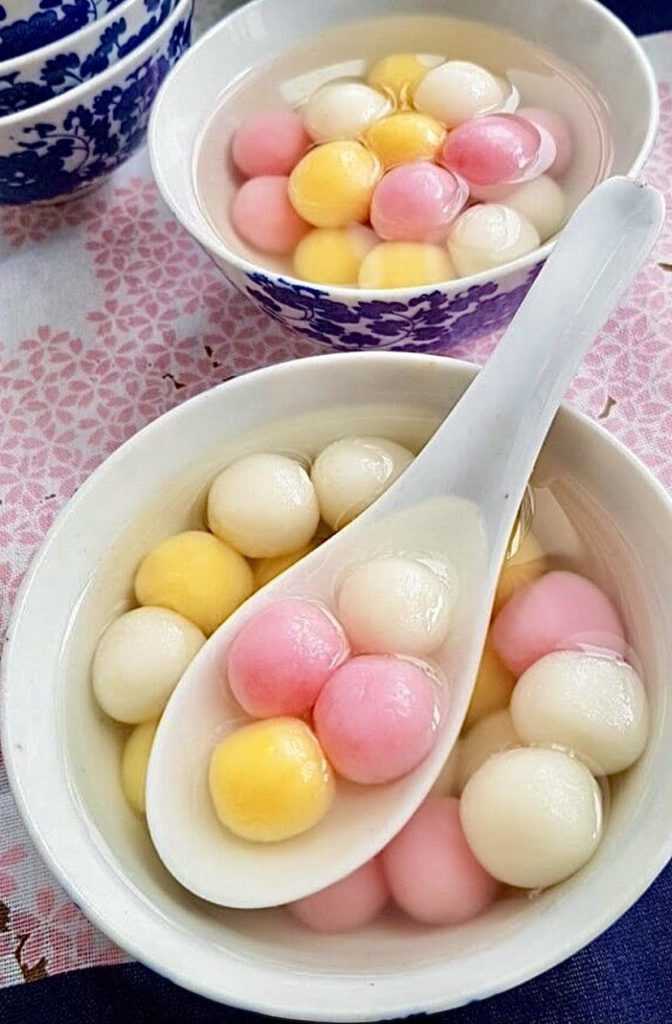

SWEET STICKY RICE DUMPLINGS RECIPE – From Li’s Grandmother (video tutorial here)
INGREDIENTS
GINGER SYRUP
- 1/2 cup coconut sugar
- 1 1/2 cups water
- 2-3 screwpine leaves, tie into a knot
- 1 piece ginger, peeled and slightly pounded with a cleaver 2-inch
GLUTINOUS RICE DUMPLINGS
- 2 cups glutinous rice (same as sweet rice), sticky rice flour
- 7 oz water
- 1/4 cup raw coconut sugar
- red beet powder or (2-3 tbsp) beet juice for coloring
PEANUT FILLING
- 3/4 cup of organic peanuts
- Dry roasted 2 tbsp natural peanut butter
- 3 tbsp coconut oil
- 3 tbsp honey
- 2 tbsp powered sugar
- 1/4 tsp salt
INSTRUCTIONS
To make the peanut filling:
Roast the peanuts on a skillet for a few minutes till it starts to brown slightly on the edges. Remove from heat and place the peanuts and the rest of the ingredients for the filling in a food processor with an S blade. Process till the peanut filling is only roughly smooth. You want it to resemble chunky peanut butter. Transfer the filling into a bowl and place it in the freezer so that it hardens.
- To prepare syrup, boil the water in a pot. Add the screwpine leaves and ginger and bring it to boil on medium heat until the syrup is fragrant. Add the coconut sugar and let it simmer for15 minutes. Set aside.
- In a big bowl, mix glutinous flour with water, and coconut sugar and knead with hands to form a dough. The dough is done when it doesn’t stick to your hands anymore.
- Divide the dough into 2 portions. Add the beet juice to one portion of dough and knead it together till your dough looks pink. You may need to add a little more flour if it starts to get sticky.
- Pinch the dough into small balls and roll them in between your palms into round balls. Set aside on a flat surface lined with paper or a slightly damp cloth.
- Boil another pot of water, drop the dumplings into the boiling water. As soon as they float, transfer them into the syrup water. Serve immediately or can be refrigerated.
Note: You might need to adjust the water level to the flour. Add more water if the dough is too dry. Add more flour if it’s too wet.
Vania Leticia Escauriza Gagliardone of Vania and David: Paraguay

Most of the food we eat is from Spanish (Spain) or Italian (lasagna, other types of pasta too), but we have some specialties like:
- Sopa Paraguaya
- Chipa guazu
- (These two are delicious) normally you eat them with a delicious stake, or milanesas (typically made of chicken or meat)
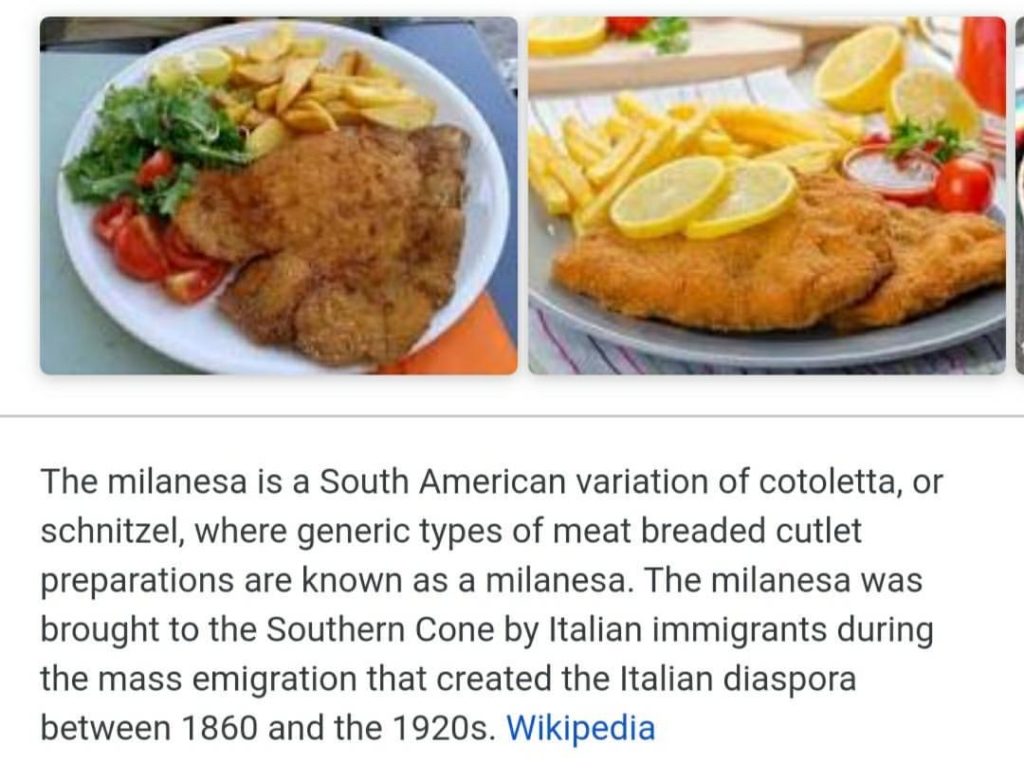
All the families get together around 8:30 or 9 and everyone has a late dinner starting at 11pm most of the time and then right at Christmas we celebrate. Right at midnight we toast and celebrate Christmas, we drink any drink that you like but there is one in particular called Sidra (which is like a cider with alcohol) super light and yummy. After that we eat dessert (flan, ice cream, or fruit salad) and after that we open gifts. Most family members are up until 2:30 to 3 am and then everyone goes home. Next day around 1:30 pm we all get together again!
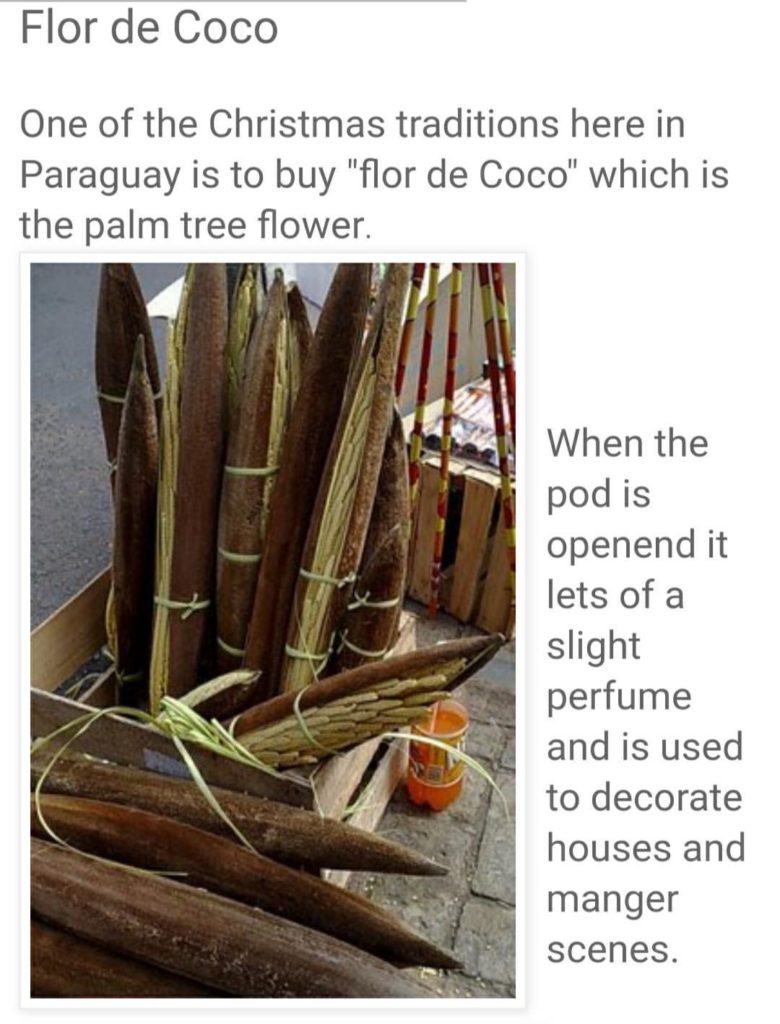
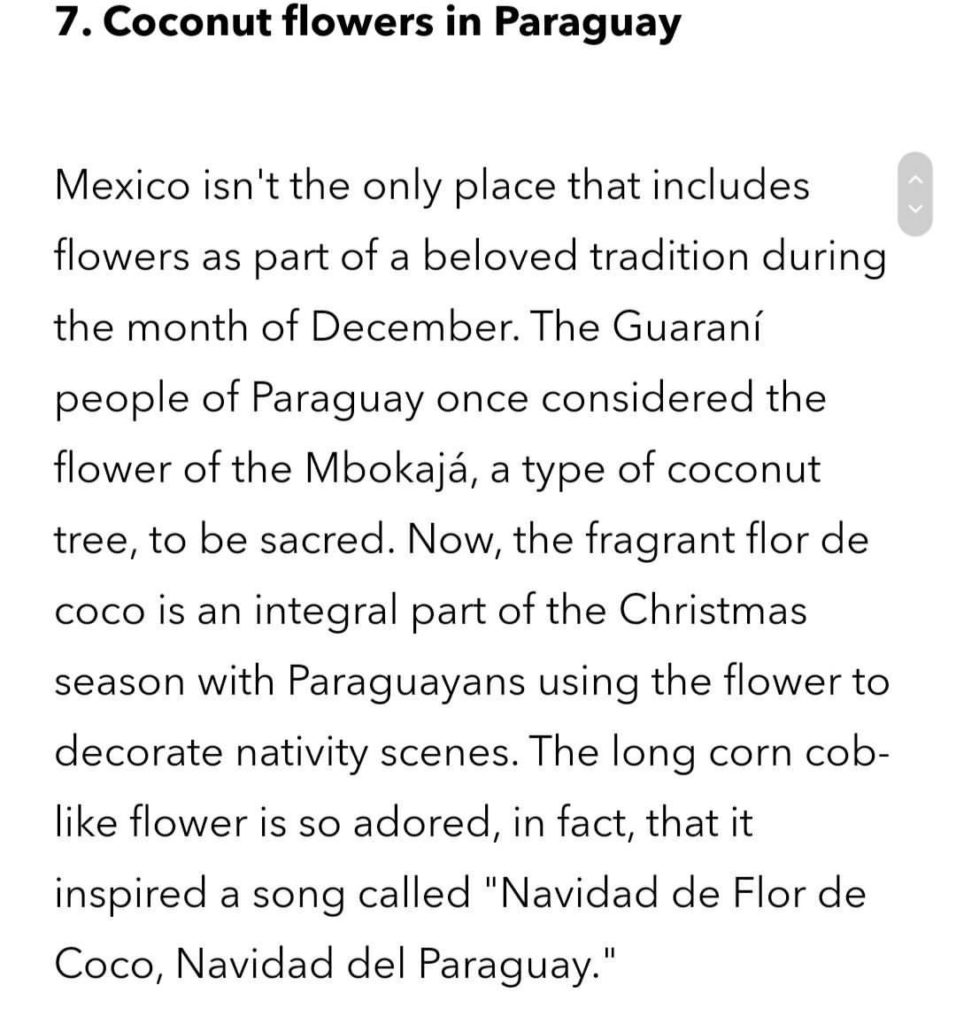
When arriving at the airport around December 18th or so you can actually smell the coconut plant even before going through customs. The weather is warm, it’s summer there during Christmas, and the smell of the plant is synonymous with Paraguay.
Taisiya Kostenko, CEO & Creative Director of SERENA Norway: Russia
I lived in different countries, but my birth place is Russia and my family still lives there, and of course like many others all over the world I try to reunite with my family during the holiday season.
Unlike many other countries in the western world, in Russia the big focus during winter months is on New Years Celebration rather than Christmas.
So what usually happens on Russian New Year’s?
New Years is very family oriented and either you are with the family members or close friends, there definitely will be a gathering in one’s home.
Usually 31st December is a great day to go to Banya (Russian Sauna), as it is a perfect time to clean yourself thoroughly to enter New Year fresh and invigorating. There is a famous movie in Russia ’S legkim Parom’ which tells a story of a Man, who got drunk in Banya 31st December and by drunken coincidence ended up in St Petersburg in the flat with the same address. – Highly recommend to watch it to get an insight into the Russian New Year’s Traditions.
So back to the day itself 31st of December – whoever is hosting will need to prepare a celebration table, usually variations of russian salads and maybe 1 Hot dish, but mainly peculiar Russian Salads like Olivye aka Winter Salad, Herring Under Fur Coat, Crab Stick Salad and Russian Vinegret Salad. All these accompanied by spirits like Vodka and Cognac, Russian Champaigne and some soft drinks.
People usually gather around the table quite late, maybe 9 or 10 pm and start the feast that is usually interrupted by President’s Speech at 0000, that majority still watches and then followed by fireworks, usually handmade as well.
Presents are often opened after 00.00 and that usually accompanied by some family fun of dancing, watching festive TV or various table games.
Often younger people tend to escape to see their friends, usually teenagers, after 01.00 and can carry on party till 7 or 8 am.
In my case I often travel back to Russia with my husband and 2 kids, we will spend both days 31st December and 1st of January in our countryside house with the family and friends. We will prepare the table, go to banya 31st December and then get dressed in beautiful new outfits to start the celebration at the table with everyone we love.
Despite this very unusual time, we hope that we will manage to get to Russia and repeat out traditional ritual.
Wishing everyone health, wealth, love and most importantly unity with the families all over the world.
Written with love and hope from Norway.
Clemence von Mueffling, Founder of Beauty and Well-Being and Author of Ageless Beauty the French Way: Paris
Hosting at home is very French, especially in the Holiday season. Due to the current lockdown I will have to switch to smaller gatherings but these can still be very special
Starting the evening with a glass of chilled champagne and play some music to have your guests in a festive mood right away!
Dinner has to be homemade except for desert, it makes a big difference and it does not have to be over the top. The goal is to avoid pretentious and complicated cookbooks, or you may end up like Bridget Jones with vegetables in a blue sauce! Don’t be too hard on yourself with unrealistically high expectations; a simple dish is still a great one.
It also has to be easy to prep, as you don’t want to fuss too much with preparing or presenting the meal once your guests arrive. In French culture, we always try to prepare ahead of time, so that when guests arrive, we can really just enjoy the meal and spend meaningful time with them in the present.Anything pan-fried is to be avoided! Roasted chicken, beef, fish or gratins are ideal candidates for a hearty main dish that will fill up your guests without filling up all your time.For dessert, you can cut up fruit into small pieces for an elegant homemade fruit salad. You can also serve this with a tart or cake from the bakery of your choice. You don’t need to make everything from scratch—you’re only human after all!
Set the table and create that certain, “je ne sais quoi.”Enjoying a nice dinner is also about the ambience of the space and the presentation of the table, but you don’t need a full set of China to create a pleasant environment. Mixing and matching works just as well! Vintage or antique pieces, like silverware and plates, add a sense of chic nostalgia to any table setting. It should look elegant, yet approachable. Open the wine in advance, and pour the water in a carafe (no plastic bottles on the table!).
Flowers are always delightful, especially ones you’ve arranged yourself. Be sure to light scented candles at least 30 minutes in advance so that the aroma has time to meander around the event space and greet your guests as they arrive but no scented candles in the dining area.
Et voilà, enjoy!Take time to pause between courses. French people love to sit with friends around a table to discuss love, life, and everything else.
Remember, it does not have to be perfect. Friends and family are always grateful to come to your home for a dinner, so relax, and make sure you enjoy yourself just as much as your guests do!
Natalie Daghestani Co-Founder of Eurthlin: Dubai
The UAE celebrates its 49th National Day on Dec 2nd, and our long 5-day public holiday starts on Tuesday 1st. Typically we would spend it on a boat with friends and family, securing a spot in the sea to watch the fireworks.
This year, we are unable to gather in large groups so instead will drive around the city of Dubai and view the eye-catching light installations at some of the city’s most prominent buildings, locations and streets, from the safety of our cars.
Burj Khalifa, the tallest building in the world, The Dubai Frame, in Zabeel Park, and the world-famous Burj Al Arab hotel in Jumeirah will be lit up with the colours of the UAE flag.
My partner and I will also spend some time on our bikes. We have a 50km cycle track on our doorstep, which runs through the Al Qudra desert. So we are planning to fit in some rides and perhaps take a picnic into the desert to enjoy the solitude of the sand dunes with our two dogs, watch the sunset and light a fire under the stars.
Amalie Holt CCO of Folkeinvest: Norway
Julemarked
The festivities tend to get going in the early part of December. Outdoors Christmas Markets pop up across Norway. While snow is not guaranteed at all places in Norway – you’re pretty assured of chilly temperatures. In the markets you typically can get a hand on a selection of products from local craftspeople and artists, and often a wide selection of foods (everything from local produce from farmers to tucking into a homemade reindeer sausage by an open fire in the midst of the market).
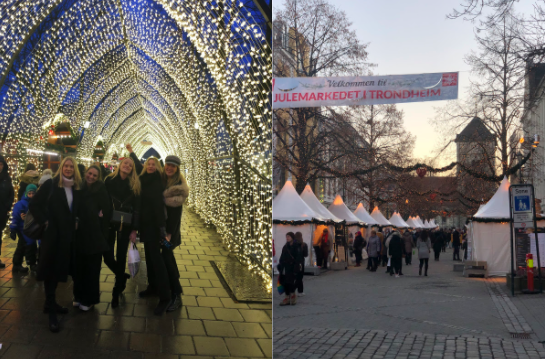
Julebord
Ah, the good old fashioned JULEBORD (literally translated: ‘Christmas table’)! When having people from abroad visiting Norway during December, they often get very surprised by the ‘Christmas party’-tradition as every company, school, sports club and social group holds their own julebord. Most Norwegians will attend two or more of these events during December, or possibly even in late November. And if you’re used to seeing Norwegians dress in thick layers of wool during winter and fairly casually throughout the year, the julebord is one of those rare occasions where we dress up in formal attire.
These communal gatherings are an important part of Norwegian culture. Traditional food is served and large amounts of alcohol are consumed. Most often the party lasts until the sunrises.
Curiously enough, while Norwegians normally dress fairly casually, the julebord is one of the rare occasions when they dress up in formal attire. If you’re about to attend your first julebord, don’t show up in jeans.
This year, with the restrictions put up on us because of covid-19, we’ll most probably not be able to gather with the people we love for the traditional julebord.
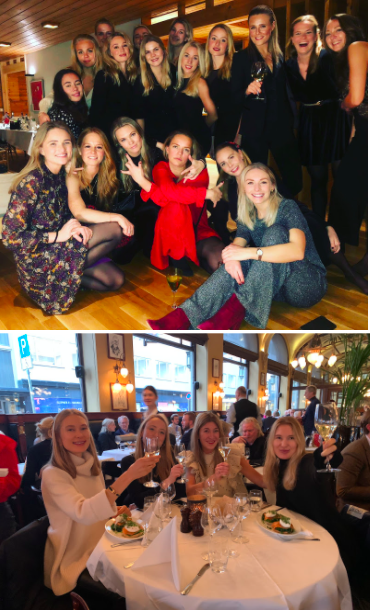
Akevitt
When talking about julebord, I need to spill the facts about akevitt. Aquavit is a spirit with roots in Scandinavia, and it is distilled from potatoes. It is served throughout the Christmas season, especially during and after heavy dinners. It is incredibly strong, and naturally, an important part of drinking culture in Norway. It is served in a shot glass, yet is sipped slowly, and many believe it helps the food “sink” after a big meal.
Julaften
In Norway, the focal point of the Christmas celebration is indeed the evening of the 24th December. Christmas Eve (NO: Julaften) is when the whole family gets together for the main Christmas meal and presents are exchanged.
The following Christmas Day is a much more quiet and private affair.
This year, with a global pandemic ongoing, it’s hard to guess whether the whole family will be able to gather or not this year. At least I know I’ll celebrate with my closest family as we are accounted as one cohort. I guess the government will give us some updates on what we’re able to do soon!

Julemat
While Englishmen eat turkey and Americans tend towards ham, roast beef, or goose, Norwegian Christmas food (NO: Julemat) is based around totally different traditions. What’s on the dinner table does vary, often defined along regional lines.
The most common Christmas dish is ribbe, which is seasoned pork belly. It’s usually served with sauerkraut, cooked potatoes and redcurrant sauce. Pinekjøtt (mutton) is popular in the western counties, as is cod or other fresh fish. Some people even eat lutefisk. It might sound gross – as it actually is cod “cooked” in lye – but it’s very tasty. We serve it with potatoes, mashed peas and shredded brunost (yet another very traditional Norwegian thing).
Picture of Pinnekjøtt: https://www.instagram.com/p/CILtQRVHdSX/
Romjul
The big ‘O Chrstimas Eve is followed by romjul. A few of my English-speaking friends have coined ‘romjul’ as their favourite word in Norwegian as there’s really no English translation. Simply put, it translates as: “that time between Christmas and New Year when no-one is really sure what they should be doing.”
However, during romjul everyone tends to keep on having festivities and inviting family and friends for Christmas dinners. I guess we’re not going to be allowed to celebrate as normal this year and we’re probably going to spend our time with the closest family.
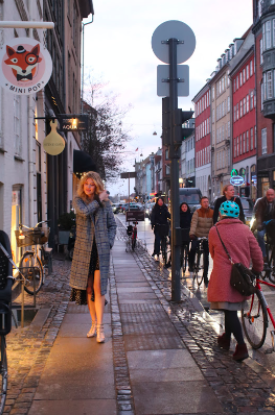
The insides of houses are so brightly lit you’re a tiny bit worried they’ve caught on fire
Norwegians always use a lot of lights, but during Christmas the love of lighting goes to an extreme – and good thing too, since this is also the darkest time of the year. My very best friend from the US always tells me she almost feels Norwegian when she fills up her whole apartment in Brooklyn with lighted candles.
However foreigners might be surprised to find that not many people here decorate the outside of their homes with lights – it’s all about the cozy interiors!
Everyone has deserted the cities for cabins in the mountains
Most Norwegian cabins are quite simple – with outdoors toilets and sometimes no electricity, nor running water. We still love to spend Christmas up in the mountains in cabins we’ve inherited from generations before us. There’s just something so magical about Christmas in the mountains, especially when it’s super snowy.
This year, this will probably be different, as the Norwegian government has recommended us to not travel outside our municipalities (PS: our cabins are most often situated in another county).

Your cross-country skis are waxed and ready for a busy week in the snow
In Norway we have an expression saying that “We are born with skis on our feet”. Christmas holiday is no exception for that expression. My family usually goes skiing once a day during Christmas. Normally we stick to cross-country skiing, but downhill skiing is also very popular. During Christmas the slopes are covered in people!
I guess this is the only thing we get to keep as it has used to be. We’ll always have nature and in Norway we have plenty of nature. Also, in Norway we withhold the very special allemannsrett (EN: Freedom to roam). (Read more at Visit Norway’s site:https://www.visitnorway.com/plan-your-trip/travel-tips-a-z/right-of-access/)

Nyttårsaften
As in America, we round up Christmas celebrations by celebrating New Year’s Eve. Last year I went to Berlin (Germany) with my friends. This year, I guess the festivities will be much smaller and we’ll definitely not travel abroad.
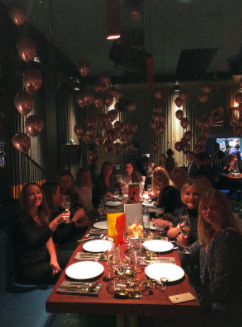
Helene Theros, Co-Founder and CMO of Laiik: Greece
Kalanta songs, roasted pork and melomakaroma (honey cookies) are a big part of Greek Christmas traditions. But there are plenty more smaller traditions and other festivities that define the holiday season in Greece.
Christmas celebrations in Greece last for 14 days, starting on Christmas Eve and ending on the 6th of January with the Epiphany, or the Blessing of the Waters.
Traditionally, festivities begin on Christmas Eve, when groups of children would go from home to home singing Kalanta (aka the Greek version of Christmas Carols) and holding musical triangles. Each household would give a small amount of money to the singing children and offer a sweet as well. This tradition is repeated on New Year’s Eve as well, as there are different songs for Christmas and different ones for New Year’s.
Food is a big part of all Greek traditions. For Christmas, the defining sweets are Melomakarouna (honey cookies or quite literally honey macaroons) as well as Christopsomo, a sweet Christmas bread which has a cross made of dough in the center as well as almonds and nuts sprinkled on top to symbolize prosperity. On Christmas Day, the usual meal is roast pork with potatoes. Other Christmas foods and sweets include Baklava, a sweet pastry made of filo pastry filled with chopped nuts and sweetened with syrup or honey, and Vassilopita (more on this last one later)!
In Greece, Christmas gifts are brought to children on New Year’s Eve by St. Basil (Ayios Vassilis), as the 1st of January is actually St Basil’s Day. On New Year’s Eve, families serve Vassilopita (which translates into St Basil’s pie), which is a cake cooked with a coin inside it. The head of the household slices the cake and gives it to the members of the family/household depending on their age, with the oldest person first. Whoever gets the coin in their slice is said to have good luck for a year!
And that brings us to January 6th, the Epiphany and what is colloquially called Ta Fota (meaning the “lights”) in Greece. It’s a feast day celebrating the baptism of Jesus at the Jordan River. Every 6th of January, priests throw a cross into the sea, river, or lake, and a group of men jump into the water to recover it. Whoever finds it is said to be ‘blessed’ for the whole year and that, following the ceremony, the water is totally cleansed. Festivals around the Epiphany also include blessings of boats, music, dancing and of course, lots of food!
And that’s it, the 14 days of Christmas in Greece!
Oskar Kwasny, Project Leader at Boston Consulting Group: Austria
- In Austria, it is not called Santa Claus, but the “Christkind” brings presents, which are opened on Christmas Eve rather than Christmas Day
- During the Advent time, folkloristic figures may suddenly knock on your front door. Friendly St. Nicholas and his sinister companion Krampus will come to your home to ask which children have been good this year. Traditionally, well-behaved children are rewarded with sweets, peanuts and tangerines, and you might hear a word of warning given to the naughty ones. Kids eagerly await the much-feared Krampus Day (5 December) when people dress up in scary costumes made of sheepskin, wear carved masks with goat horns and get up to mischief in the village streets (picture below)
- Every year from 24 December to 2 February (Candlemas Day), farmers and nativity scene carvers in SalzburgerLand open their doors to the public, presenting their artistically-made family cribs. It is also tradition to lovingly make and continuously build “community nativity scenes”
- Around 7 p.m. on Christmas Eve, the tree is lit for the first time and the whole family gathers to sing Christmas carols. “Silent Night”
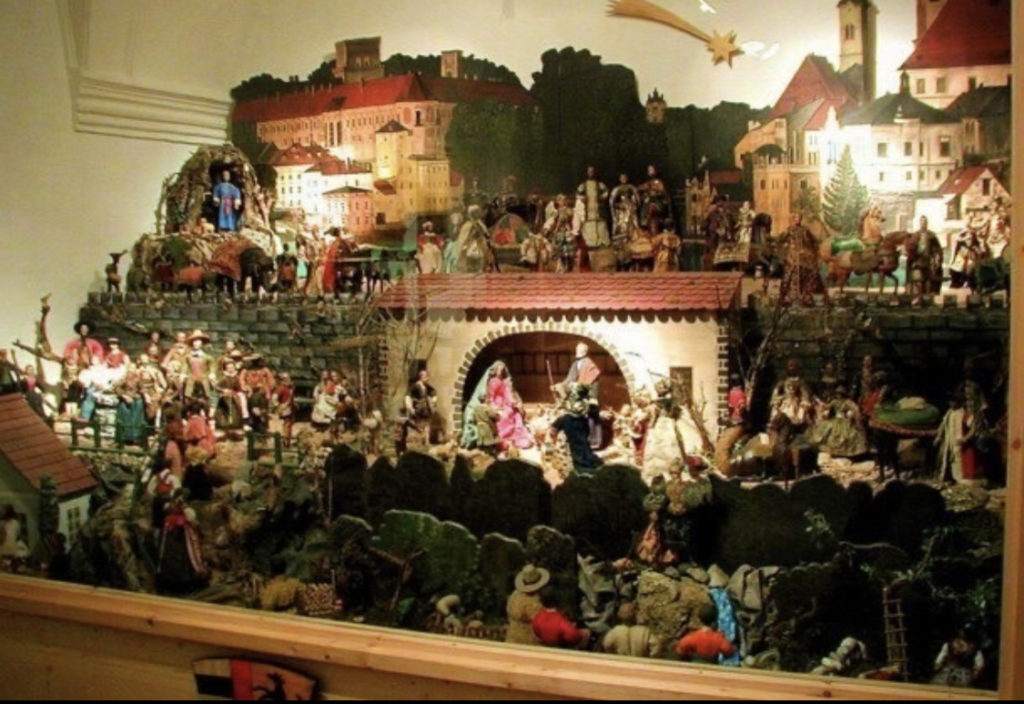
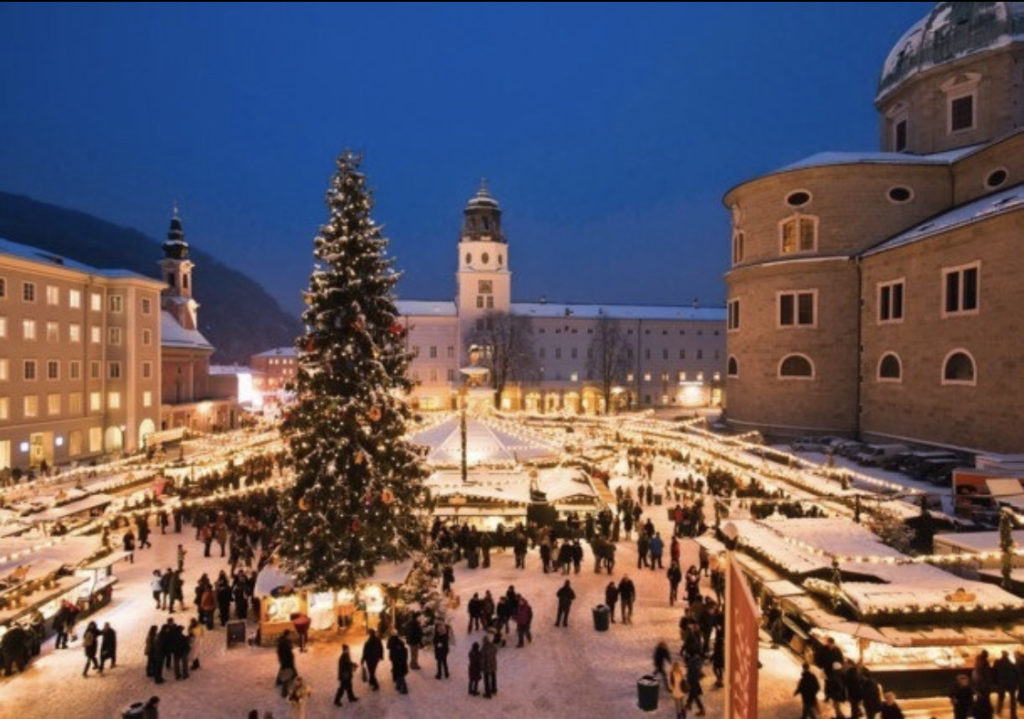
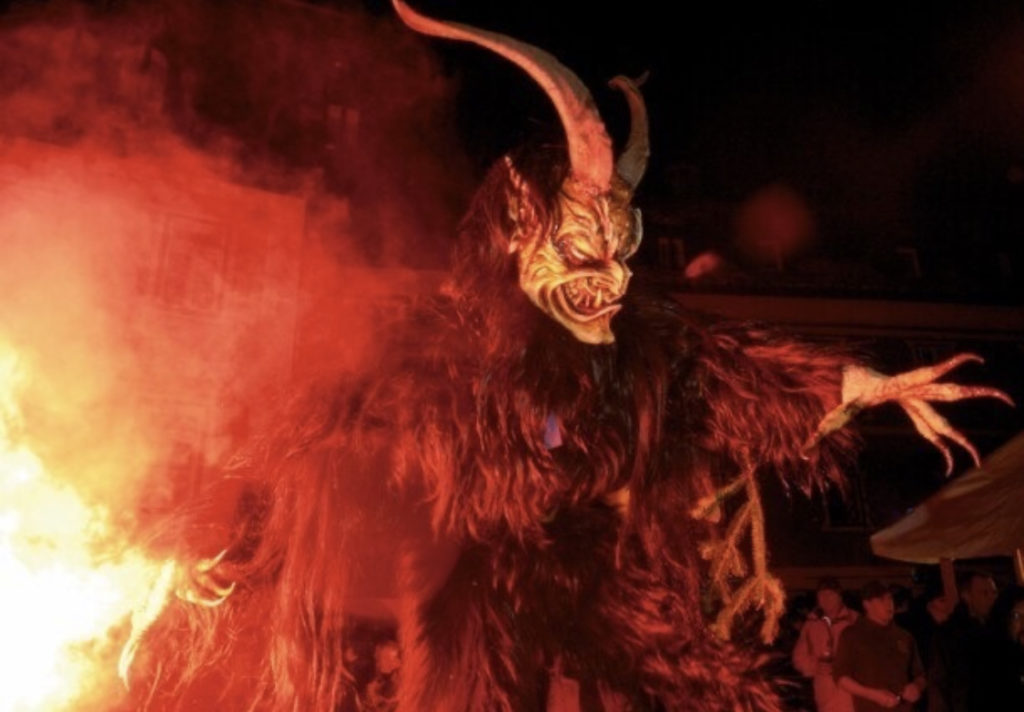

Tessa Rushton, Co-Founder of Higher Wave Wellness (Use code TSTBU at checkout on their website for 10% off): Australia
I LOVE a festive holiday, living between Australia and New York these past few years I feel like I’ve been lucky to get the best of both country’s traditions.
I love how New York gets swallowed up in festive spirit – the snow-flake decorations appearing high in the air on street corners throughout the Lower East Side, the first snow of winter (always exciting for us Aussies!), battling crowds to see the tree at Rockefeller and sipping hot apple cider to stop your hands from freezing while wandering the Christmas markets.
In Australia it’s all about Christmas Day! We have a national holiday for Christmas Day, the day after – Boxing Day and New Years Day so generally everyone takes the whole break off (it’s very similar to the American Thanksgiving break!)
Christmas day is spent with family or close friends and being summer it’s pretty hot! So if you live close to the beach or have a pool you will most likely host.
We are big on seafood for Christmas Day, in the lead-up to Christmas all the markets are full of people queuing to buy fresh seafood for Christmas day. Christmas lunch will generally feature a BBQ and seafood alongside some traditional English dishes.
The other thing we get pretty into – and as I type this I’m still confused why – is Christmas crackers, every table place setting gets one, you ‘crack’ them with whoever sits next to you and the winner takes the contents which includes a bad joke, a tissue paper hat and a ‘surprise’ of some description which could be a toy or a pair of nail clippers, you never know. Half the guests will end up wearing the ridiculous hat for the remainder of the day, which is spent in the pool or having a few more drinks outdoors.
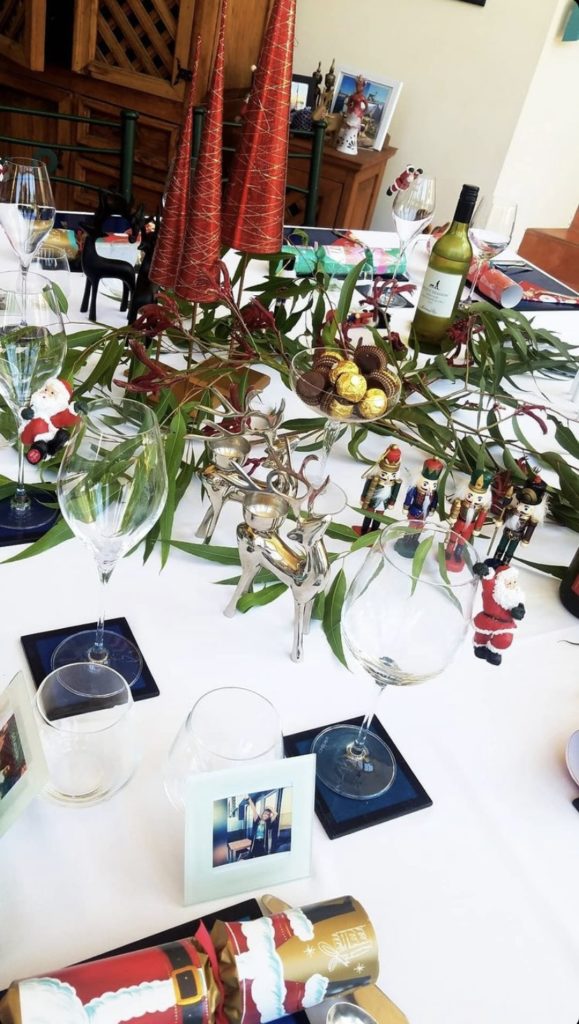
The Style That Binds Us
BY
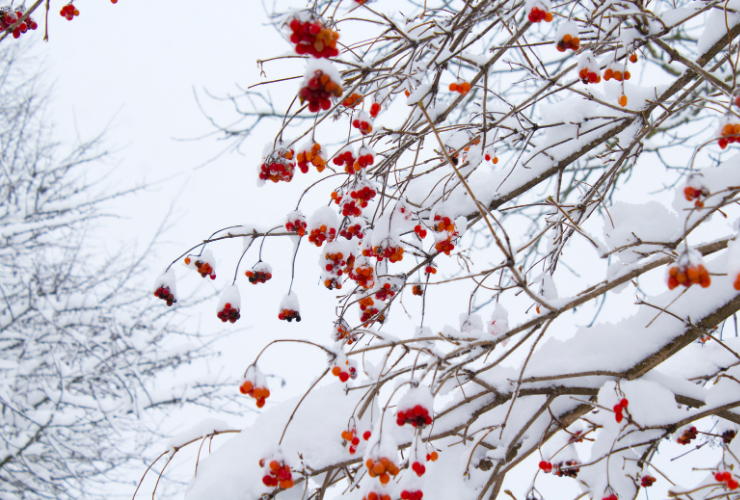
you said: